Why India Is Facing a Pilot Shortage – Big Opportunity for Students
Body
India’s aviation industry is growing at a pace the world cannot ignore. With more passengers flying each year, new routes launching every month, and airlines expanding their fleets, the demand for trained and qualified pilots has reached a new high. However, despite this rapid expansion, India continues to face a major pilot shortage. While this is a challenge for airlines, it has become a huge opportunity for students who dream of becoming commercial pilots.
A Fast-Growing Aviation Market
India is now one of the fastest-growing aviation markets in the world. Domestic air travel demand keeps rising as more people choose flights over trains for comfort and time-saving. Government initiatives like the UDAN scheme are connecting Tier-2 and Tier-3 cities, leading to more routes and ultimately more cockpit seats to fill.
Airlines have placed large aircraft orders—some of the biggest globally. This means hundreds of new planes will join the Indian skies over the next five to seven years. For every new aircraft, airlines need trained captains, first officers, and standby crew. But the current pool of trained pilots is not enough to meet this requirement.
Why the Shortage Exists
There are several reasons behind India’s pilot shortage:
1. Limited training capacity
India does not have enough flying schools to train the number of pilots needed. This shortage pushes many students to train abroad, which increases costs and time.
2. Long training and licensing timeline
The process of becoming a commercial pilot includes ground schooling, flight training, DGCA exams, and type rating. This journey takes time, and the number of students completing the process each year is still far below the industry’s needs.
3. Rapid expansion of airlines
Airlines like IndiGo, Air India, Akasa Air, and others are growing quickly, adding more aircraft than the pilot supply can keep up with.
4. Retirement of experienced pilots
Several senior pilots are reaching retirement age, creating more vacancies in airlines.
These factors together have created a strong demand for fresh, well-trained pilots across the country.
A Big Career Opportunity for Students
For students thinking about aviation, this shortage is actually a huge opportunity. Airlines are actively looking for young, skilled candidates who can take on the responsibility of flying commercial jets. Over the next decade, thousands of pilot jobs will open up in India alone.
The aviation career path is not only exciting but also stable. With the right guidance and training, students can enter a profession that offers attractive salaries, global exposure, and long-term growth.
The Role of Quality Pilot Training
Because the industry needs more trained pilots, the demand for strong training programs is rising. Students must select training institutes wisely, focusing on quality, safety, and experienced instructors.
Many aspirants today look for the best pilot training institute in India because choosing the right academy makes a big difference in their journey. A well-structured program builds strong fundamentals, helps students clear DGCA exams easily, and prepares them for airline assessments.
This is where institutes like PilotsPathway make a meaningful difference. With proper guidance, updated material, and well-planned training pathways, students get a clear roadmap to becoming a commercial pilot. PilotsPathway also helps students understand the process of choosing a reliable pilot course in India, giving them clarity on duration, cost, and licensing requirements.
Cadet Programs and New Opportunities
Another major reason this is the best time for students to join aviation is the rise of cadet pilot programs in India. Many airlines now want to train their own pilots from the beginning, ensuring quality and consistency. These programs offer structured training, predictable timelines, and direct placement opportunities.
As long as air travel keeps expanding, such programs will continue to increase—opening doors for more students who want a clear and guided career path.
Future Aviation Trends Supporting Pilot Demand
Several long-term trends confirm that the demand for pilots will stay strong:
-
More regional airports: New airports create new routes and new pilot requirements.
-
Aircraft deliveries: Airlines have ordered thousands of aircraft for upcoming years.
-
Global pilot shortage: Countries like the US, Middle East, and Southeast Asia also need pilots, giving Indian students international opportunities.
-
Rising air travel demand: Business travel, tourism, and middle-class air travel continue to grow.
All these factors show that pilot careers will remain in high demand for the next 15–20 years.
Conclusion
India’s pilot shortage may be a challenge for airlines, but for students, it is a rare opportunity. With the aviation sector expanding rapidly, aspiring pilots who begin their training now can secure a strong career with long-term growth. Choosing the right training academy, staying consistent with studies, and understanding the licensing process are key steps in this journey.
For students with passion, discipline, and clarity of purpose, this is perhaps the best time to step into the aviation world. The sky truly has space for many new pilots—waiting to be filled by the next generation of skilled professionals.










Comments